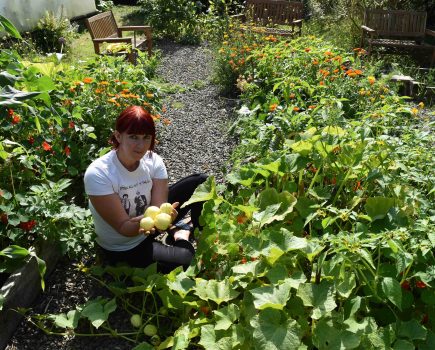Air rifles can provide a simple but effective solution to several of the smallholder’s pest control problems in addition to providing a source of free-range, local meat. Charlie Portlock explains
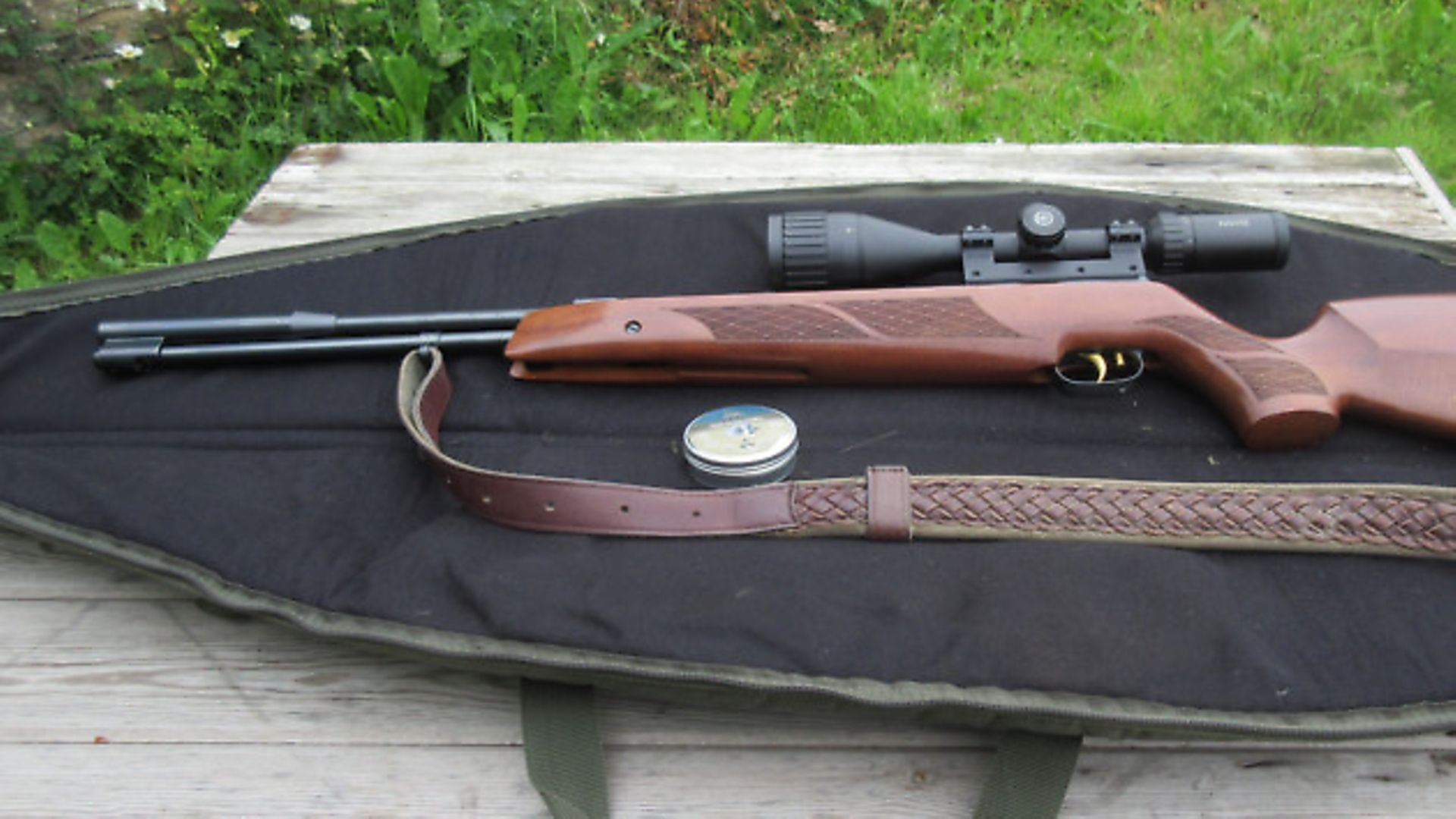
The smallholder will always have an array of enjoyable (and not so enjoyable) challenges to overcome. One of these tasks is the ever-present need for pest control and, wherever there are growing plants or stores of feed, there will be a wide variety of insects and animals looking for a calorie efficient meal. For the majority of us, a bit of grazing and feed raiding is par for the course and we accept it as a necessary sacrifice for living in beautiful places with wild creatures. However, there are some pests that pose a health risk to our families, livestock and pets, and there are levels of crop and tree damage that are simply at odds with our desire to live organically and sustainably.
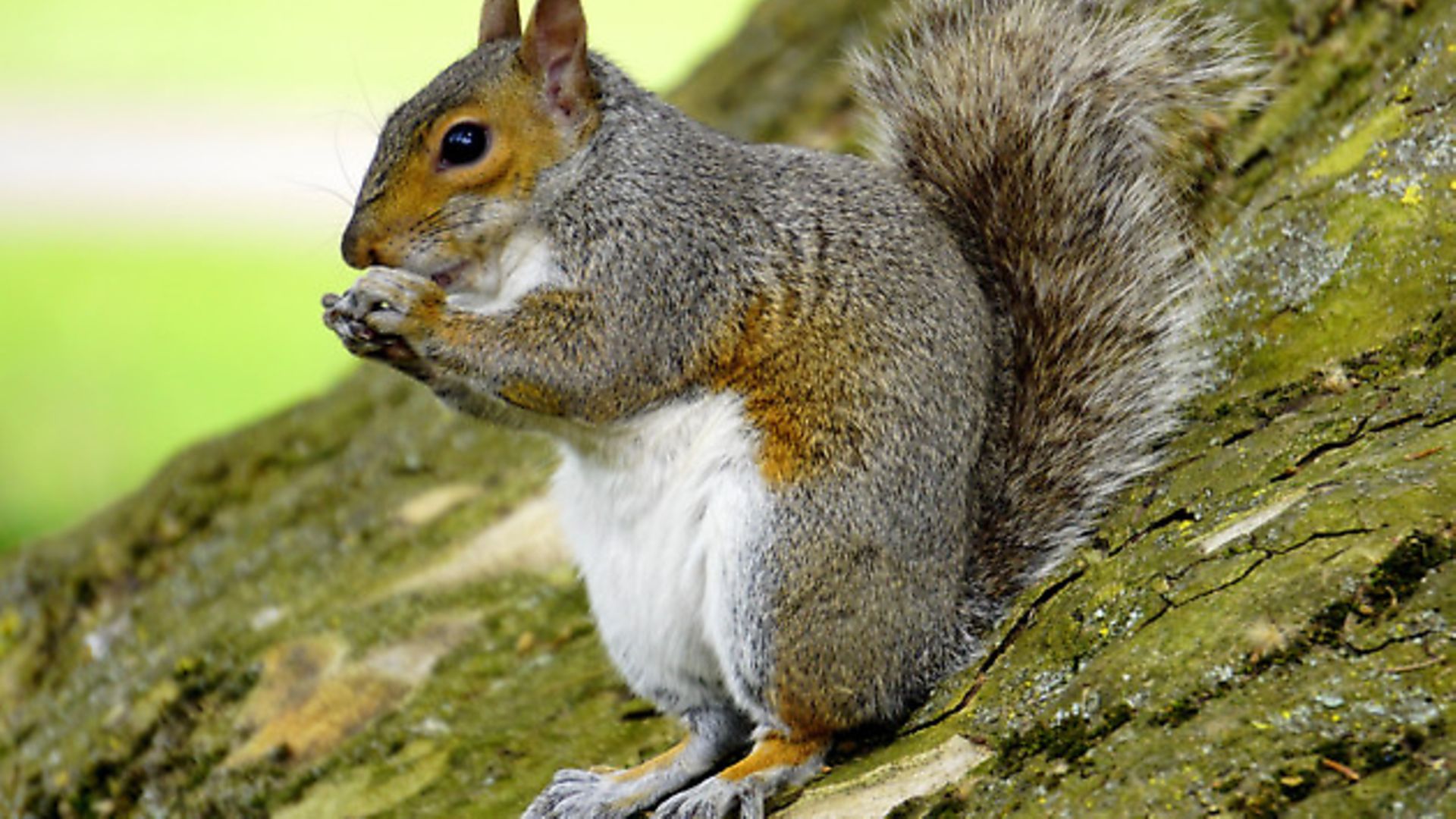
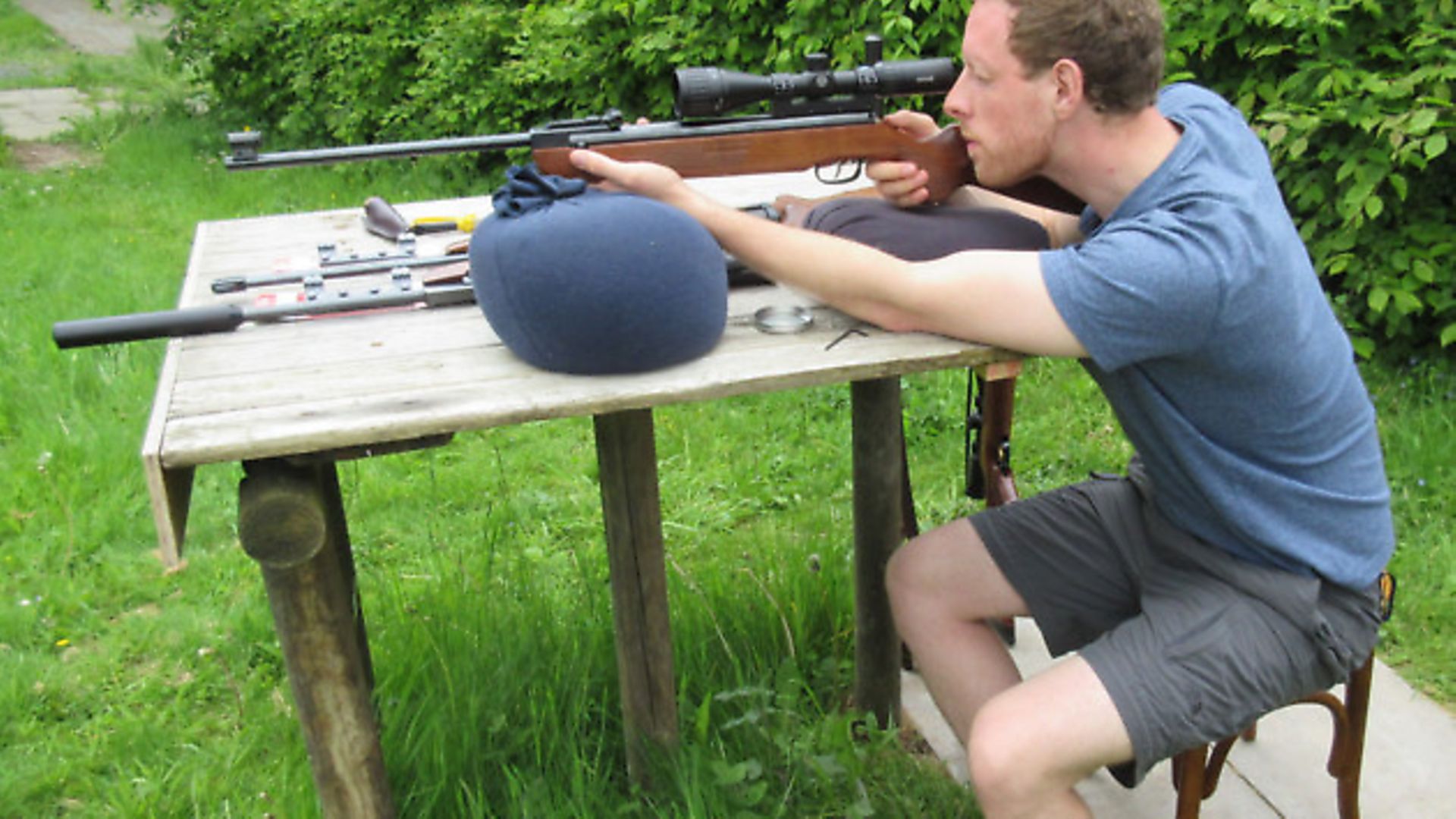
Prevention is better than cure
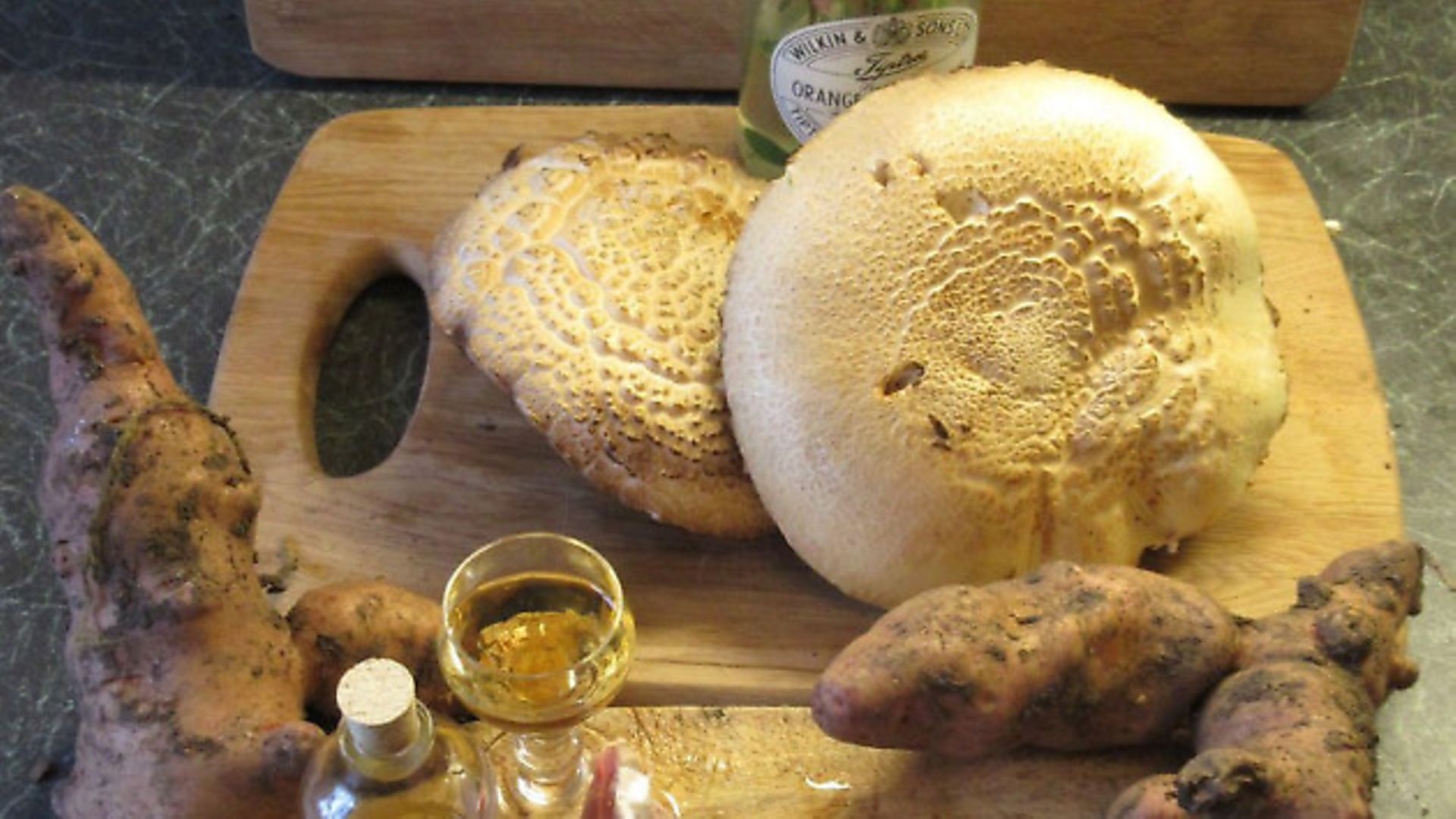
Thankfully there’s an array of pest control solutions available for the smallholder, and although there’s no single ‘golden ticket’, a combination of approaches can often yield good results. However, if you’ve already taken measures to defend growing crops and prevent access to feed and poultry pens, and are still having problems, then perhaps it’s time to think of combining prevention with a more pro-active approach?
Why the air rifle?
Most people will have come across an air rifle at some point, and the majority of readers will probably have used one in the past or have an old one knocking about somewhere.
Modern air rifles are safe, accurate and quiet, meaning that they won’t disturb neighbours or livestock. They can provide a simple but effective solution to several of the smallholder’s pest control problems in addition to providing a source of free- range, local meat. However, their sheer availability has meant that some people use them incorrectly and, as a result, inaccurately or unsafely.
An air rifle is a tool, and it requires knowledge and experience to use. I often encounter people who complain of not being able to hit their target with their rifle, only for them to present me with some heavily rusted and dilapidated gun, or more often a brand new rifle mounted with an excellent but poorly set up scope. To use an air rifle effectively requires a basic level of training in technique and maintenance. Whilst most of us would recognise the need for this when using any other tool like a chainsaw, we don’t always take the time to learn the ropes with an air rifle. This is a serious mistake, not least because it can be frustrating and time wasting but, more importantly, because if we intend to shoot live animals we need to do it humanely or not at all.
Safety
?? Shooting in general has an excellent safety record (despite what the media may tell us) but, as when using any tool, it’s important to put safety at the forefront of everything we do;
?? Air rifle pellets can travel hundreds of yards under the right conditions, so always ensure that you have a safe backstop and never shoot at anything flying or on the move;
?? Never point the barrel at anyone;
?? Always treat the rifle as if it’s loaded;
?? Store rifle and ammunition in a safe place (preferably locked, though this is not a legal requirement);
?? For more information on safety, visit www.basc.org.uk.
What can you shoot?
The majority of pest species are on the general licence and can be shot if you’re doing it for one of the following reasons:
?? To prevent serious damage (e.g. to crops and livestock) or to prevent disease;
?? To protect or conserve fauna and flora;
?? To preserve public health or safety.
Legitimate air rifle quarry (animals to be shot) include:
??Birds – crows, rooks, jackdaws, magpies, jays, wood pigeon, collared doves and ferral pigeons;
?? Mammals – brown rats, grey squirrels, stoats, mink and rabbits.
Which rifle?
If you decide that an air rifle might be a useful option for pest control, then you have two choices; spring powered or PCP. The spring powered, break barrel design (springer) is by far the most common but is now seen as the more traditional choice with the modern PCP (Pre Charged Pneumatic) rifle proving ever more popular. The PCP uses compressed air (filled from a diver’s bottle) and is extremely quiet and easy to shoot with no recoil. These rifles are considerably more expensive than springers but they’re very easy to shoot accurately.
With its more pronounced recoil, a spring powered rifle takes practise to master, but has the added benefit of being relativity inexpensive and low maintenance. My advice is to go to a local gun shop to shoot good examples of both. Weihrauch make some of the best springers and BSA, Daystate and Air Arms are renowned for their PCP rifles. Try to borrow something before committing to buy and be aware of plastic triggers and bundled scope combos which are usually indicative of less expensive rifles that may be fine for plinking (garden target practice) but may struggle to deliver consistent accuracy when it counts. Either way, a power output of between 10-11.5ft/ lbs will deliver more than enough lethal energy for normal pest control duties.
Sights
A telescopic sight is essential when shooting at ranges of anything of over 15 yards. Setting up a scope (zeroing) is a simple but essential task that needs to be tailored to the individual and picking up an old rifle or borrowing somebody else’s without re-zeroing is a bit like driving somebody else’s car or using a strange phone or computer. There will likely be somebody locally that knows how to help set up your scope and a series of simple shooting lessons can often be bartered for small favours.
.177 or .22
You’ll find all kinds of opinions on the question of calibre (size of the ammunition) but both will kill cleanly with well placed head shots (body shots are not acceptable with either calibre). The .177 is easier to shoot as the lighter pellet has a higher velocity and thus a slightly flatter trajectory in flight. As a beginner, this means that you’ll hit what you point at more often with a .177.
Practise
As anybody that has ever thrown a ball or used a catapult will know, launching a projectile at a small, distant target is not simply a matter of point and shoot. If you can hit tin cans at 20 yards with your rifle then you may think that you’re ready to take rabbits, but the reality is very different.
Unlike a shotgun that uses an explosive charge, an air rifle utilises compressed air to shoot a single lead pellet not a cloud of them and, although it’s lethal on small game at anything up to 40 yards, you must be able to hit a two pence piece at that range fives times of out five. This is because the only ethical and effective shot is to the brain which shuts down the nervous system and causes instant death. Lazy body shots should never be taken on any quarry (even with small pests like rats, head or vital organ shots are essential) and wounding must be avoided at all costs. We should never practise our shooting on live quarry.
Taking aim
Whether you’re looking for another option to control pests or you simply like the idea of hyper-local, free range meat, the air rifle could be the perfect purchase. Not only can the learning curve of target practice be great fun, but you’ll be turning your problem pests into a valuable, ethical and sustainable source of protein for you and your family. If you end up shooting more than you can eat, a dressed rabbit or a bag of pigeon breasts can make the perfect gift for hungry neighbours and pets alike. If you’re willing to put in the time to learn to shoot then an investment of a few hundred pounds really could be money well spent. For those who feel that shooting might not be for them, it’s surprising just how addictive and enjoyable target practice can be; even if you never intend to shoot live quarry, you may find air gunning to be a curiously relaxing pastime. Either way, shoot true and shoot safely. Good luck.
* Charlie Portlock is a freelance writer and author of How to Shoot Spring Rifles (available through Amazon). He also writes a monthly hunting and animal behaviour column in Air Gunner magazine.
The Law
•An air rifle is classed as a firearm which means that committing an offence with one will carry a heavy penalty;
•An air rifle must normally be limited in power to less than 12ft/lbs (all commercially available rifles will be);
•If you’re 18 or over, you can buy an air rifle and ammunition and you use it wherever you have permission to shoot;
•Anyone between 14-17 can use an air rifle without supervision where they have permission to shoot but they may not buy one (under 14s must be supervised by somebody over the age of 21);
•It’s an offence to shoot a pellet beyond your boundary unless the holder of the shooting rights (probably a neighbour) has given you permission;
•It’s illegal to shoot an air rifle within 50ft of a public highway if there’s a chance that someone could be interrupted, injured or endangered. Steer clear of public rights of way and be sure that you know where they are.
Image(s) provided by:
Archant
Archant
Archant
Archant





